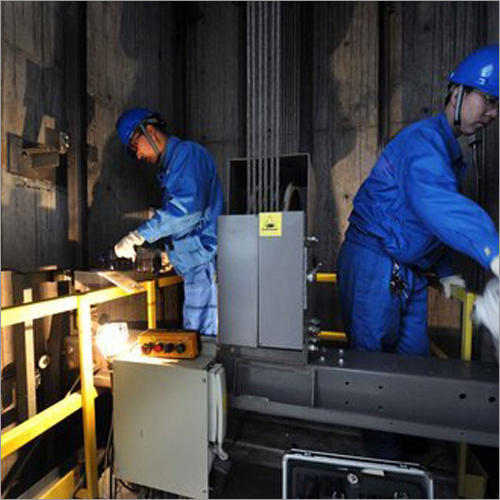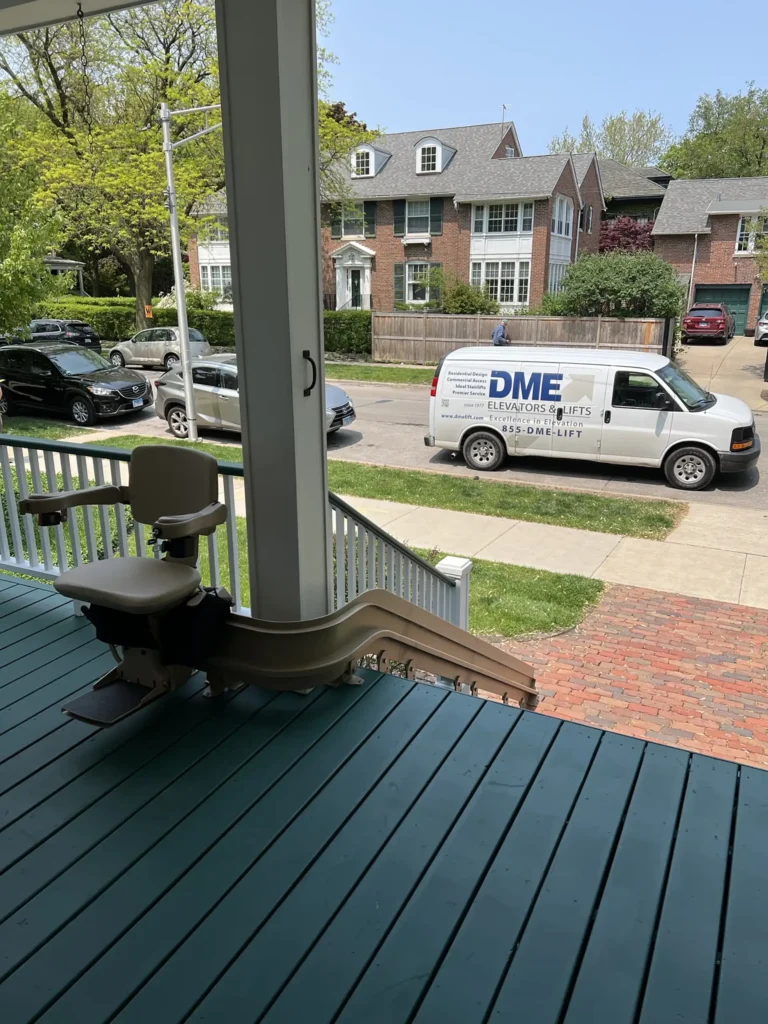Important Variables to Take Into Consideration for Elevator Maintenance
When it concerns the risk-free and reliable operation of elevators, considering vital maintenance elements is critical. Elevators are complex systems that need careful focus to detail to function reliably. From regular evaluation schedules to adhering to proper lubrication techniques, each element plays a crucial role in ensuring the elevator's long life and safety and security. Neglecting these maintenance methods can lead to unforeseen downtime, security hazards, and costly repairs. It is critical for developing managers and maintenance workers to remain ahead of these elements to maintain the elevator's performance requirements and compliance requirements.
Regular Examination Schedules

Performing regular inspections not only boosts the general efficiency of the elevator however also plays a crucial function in abiding by safety and security policies and market standards. It makes certain that the elevator operates efficiently, reducing the threat of unforeseen breakdowns that can inconvenience residents or concession safety. Furthermore, regular evaluations contribute to lengthening the lifespan of the lift equipment, inevitably decreasing upkeep prices and downtime.
To improve the examination process, several building proprietors companion with qualified lift maintenance firms that specialize in carrying out thorough evaluations and providing timely upkeep services. By focusing on normal evaluation timetables, stakeholders can copyright the safety and security, reliability, and effectiveness of their lift systems.
Correct Lubrication Methods
Effective lubrication methods are crucial for maintaining the optimal performance and long life of lift parts. Appropriate lubrication methods play a crucial role in stopping damage on relocating components, lowering friction, and guaranteeing smooth operation of the lift system. When it pertains to lift upkeep, making use of the best lubricating substances in the proper amounts at the suggested intervals is crucial to avoiding pricey fixings and reducing downtime.
To make sure proper lubrication, lift technicians must comply with supplier guidelines pertaining to the kind of lubricant to be used for specific components such as bearings, gears, and guide rails - lift engineer course. Over-lubrication can draw in dust and debris, leading to part breakdowns, while under-lubrication can create increased rubbing and early wear. Consistently set up lubrication upkeep ought to be included in the general elevator maintenance strategy to keep the system running efficiently and securely
Monitoring Tear and use
Appropriate lubrication techniques are integral in facilitating the very early detection and monitoring of damage on elevator parts. Normal lubrication helps in reducing rubbing between relocating parts, preventing extreme wear and potential failures. Checking wear and tear goes beyond simply lubrication. Elevator upkeep workers need to carry out regular evaluations to recognize indications of wear on crucial components such as ropes, sheaves, guide rails, and bearings. These examinations may entail aesthetic checks, measuring wear restrictions, and using analysis devices to evaluate the problem of crucial components. In addition, keeping detailed maintenance documents can aid in tracking the wear patterns of elevator elements over time, permitting anticipating upkeep planning. By carefully checking wear and tear, maintenance teams can attend to concerns proactively before they intensify right into pricey repairs or unforeseen downtime, making sure the efficient and risk-free operation of the lift system.

Safety Conformity Checks
Conducting extensive safety conformity checks is vital in guaranteeing the lift system satisfies all regulatory criteria and operational needs. These checks likewise entail confirming that the lift's capability limits, rate, and emergency interaction systems are in line with safety and security requirements. In addition, adherence to safety conformity checks can prevent crashes, decrease responsibility dangers for structure owners, and prolong the lifespan of the elevator system.
Emergency Response Planning
Taking into account the vital importance of security conformity checks in preserving lift systems, a durable emergency action planning technique is extremely important to swiftly and successfully address unpredicted events. lift engineer i thought about this course. Emergency situation response planning for lifts entails proactive steps to ensure the security of guests and maintenance employees in case of emergency situations such as power outages, entrapments, or mechanical failures
Secret parts of an effective emergency reaction strategy include developing clear interaction methods, providing routine training to personnel on emergency procedures, maintaining up-to-date emergency get in touch with listings, and carrying out regular drills to exercise action activities. In addition, it is important to have actually designated personnel responsible for coordinating emergency situation responses and ensuring that necessary tools, such as emergency lighting and interaction gadgets, remain in functioning order.
Verdict
Finally, it is crucial to focus on regular assessment schedules, proper lubrication strategies, monitoring wear and tear, security compliance checks, and emergency situation reaction that site planning for elevator upkeep. By carrying out these vital elements, structure owners can make certain the security and performance of their elevators, inevitably reducing the danger of malfunctions and accidents. Regular upkeep techniques are crucial for lengthening the life expectancy of elevators and making certain the wellness of individuals that rely upon them for transport.
Routinely set up lubrication maintenance should be consisted of in the overall lift maintenance strategy to maintain the system running efficiently and securely.
Elevator upkeep personnel need to perform regular assessments to identify indications of wear on essential parts such as ropes, sheaves, guide rails, and bearings. In addition, keeping in-depth maintenance documents can assist in tracking the wear patterns of elevator elements over time, permitting for predictive upkeep planning. By carefully keeping track of wear and tear, upkeep anonymous groups can deal with concerns proactively prior to they escalate into pricey repairs or unforeseen downtime, making certain the reliable and safe operation of the elevator system.
